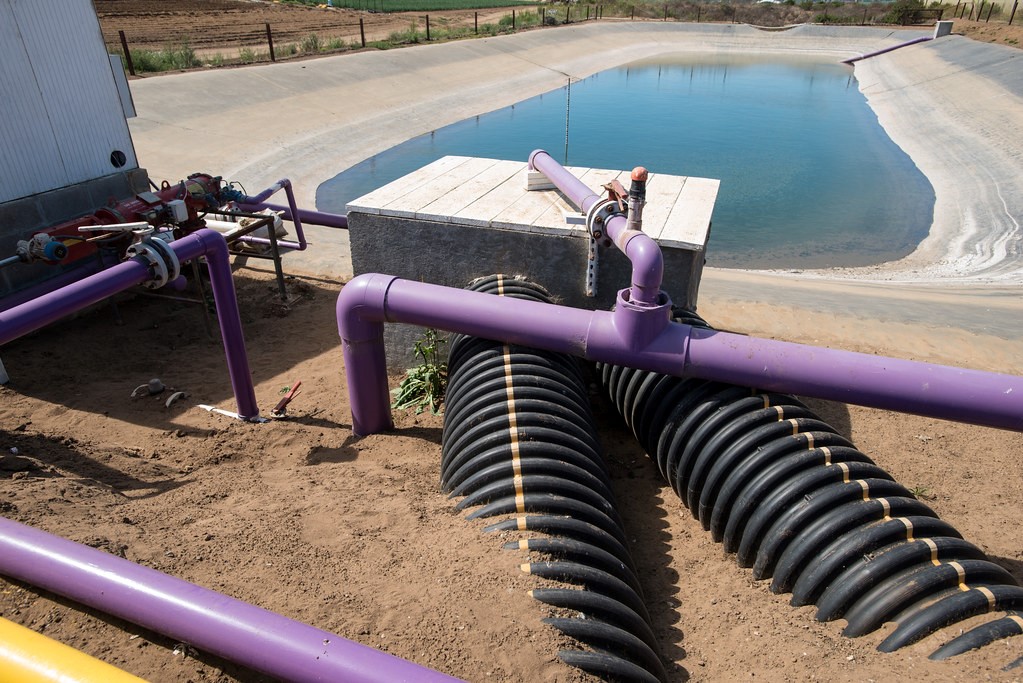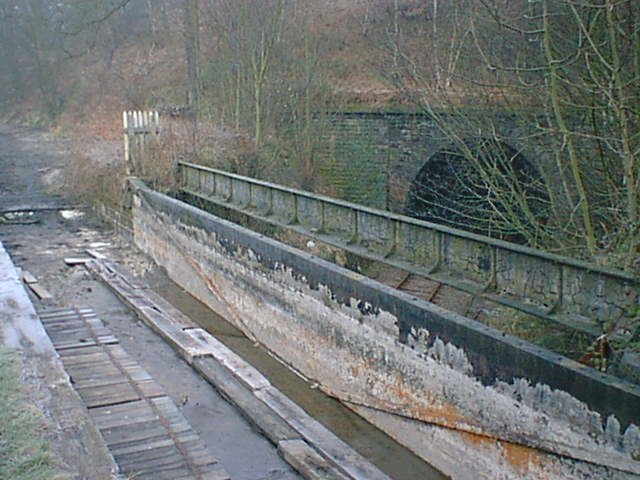Drains ensure the efficient and safe flow of water, but if a leak occurs, it can cause all sorts of problems.

There are many factors that can contribute to a drainage leak, including general wear and tear and water corrosion. According to The Arboricultural Association, tree roots can cause problems by blocking drains, and they can worsen drains that are damaged or leaking by entering the pipework.
Traditionally, fixing a damaged underground drain was a costly and time-consuming affair involving having to dig up the pavement. Nowadays, it is much simpler thanks to drain lining.
Drain lining explained
Essentially, drain lining is a type of polymer sheet that enters a drainage system and bonds to the walls of the pipes to form a protective layer. This is an effective solution for repairing damaged and leaking drainage systems.
This non-invasive solution has been likened to keyhole surgery for drains as there’s no need to physically open the systems.

How it works
Before drain lining can be added to a pipe, the drain lining company, such as https://www.wilkinson-env.co.uk/sewer-repairs-drain-lining-concrete-cutting/, needs to assess how much damage has occurred to the drain. They do this by feeding a camera into the drain to inspect it.
Following this, the drain liner is then fed into the drain to the affected area. When it reaches its destination, the liner is inflated by an airbag, which pushes it to the edge of the pipe.
The liner then hardens and bonds with the drain, effectively creating a second pipe. The inflated airbag is then deflated and removed from the pipework. In some cases, if the drains attach to other pipes, holes are made in the drain liner to fit around them.
To ensure that the drain liner is in place effectively and that there are no missed areas, another camera is fed through the pipe for inspection.
In some cases where there are only small areas of damage, spot treatment with patch lining is used instead.
The only drawback of using a drain liner is that the diameter is reduced slightly by effectively adding a second layer of pipe inside the drain. This can slow the rate at which fluids pass through, although only by a very small amount. Overall, having a drain liner fitted is much more preferable to having to dig up concrete to access the underground drain.